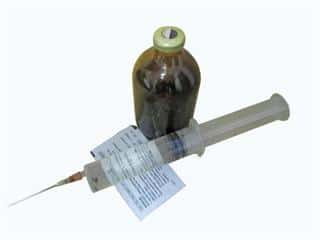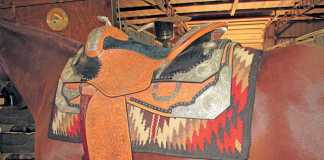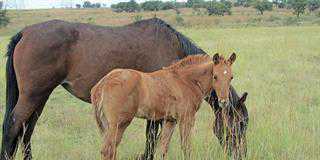
Phenylbutazone, commonly known as ‘bute’, is a non-steroidal anti-inflammatory painkiller commonly used on horses. It comes in the form of small packets of white powder or as an injectable liquid. Several years ago, a jockey died after taking some bute. He knew it helped lame horses and wanted to counter the pain of a bad fall so he could ride in a race.
Bute can also have severe side-effects in animals. The EU doesn’t permit its use in animals intended for human consumption, because bute can cause fluid retention, skin rashes, allergies, gastric ulcers, hepatitis, genetic defects, bone marrow suppression and possibly leukaemia and bladder cancer in human beings.
Zero tolerance
There’s also zero tolerance for bute residue in meat in the US. These have been detected in cattle 55 days after administration and, although the international withdrawal time for competition horses is 12 hours before a show, residues in horsemeat are probably more or less the same as for beef. It’s unknown how many horses are slaughtered for human consumption in South Africa, due to the high levels of informal and illegal slaughter.
The EU classifies horses as either ‘equine athletes’ or ‘slaughter animals’. By law, horses classified as ‘athletes’ may not enter the food chain at any level and only they are allowed to be treated with bute. All equine athletes must have a ‘passport’ from the age of six months and this system is slowly being introduced in South Africa, although at this stage it’s only being strictly implemented in racing Thoroughbreds.
Precautions
In the EU, any vet using bute in a horse without a passport can be prosecuted. Furthermore, research has shown that bute given at the standard dose can cause gastric and colon ulcers, colic, diarrhoea and kidney damage in horses. It’s also shown that increasing the dose doesn’t improve the level of pain relief in a lame horse, but it does increase the chance of toxicity. So it’s wiser to feed a lower dose for a shorter period.
Two packets of bute given twice a day are suggested for a 450kg horse, but most horses in South Africa weigh less than 400kg. Horse owners should be aware of the side-effects and, in particular, make sure that any horse receiving bute has free access to water to prevent kidney damage. Horses receiving bute must also be carefully monitored for signs of gastric ulceration.
Ultimately, horse owners should not use bute except under the direct supervision of a vet and the dose should be calculated carefully according to the weight of the horse.
Contact Dr Mac at [email protected] . Please state ‘Horse talk’ in the subject line of your email.













